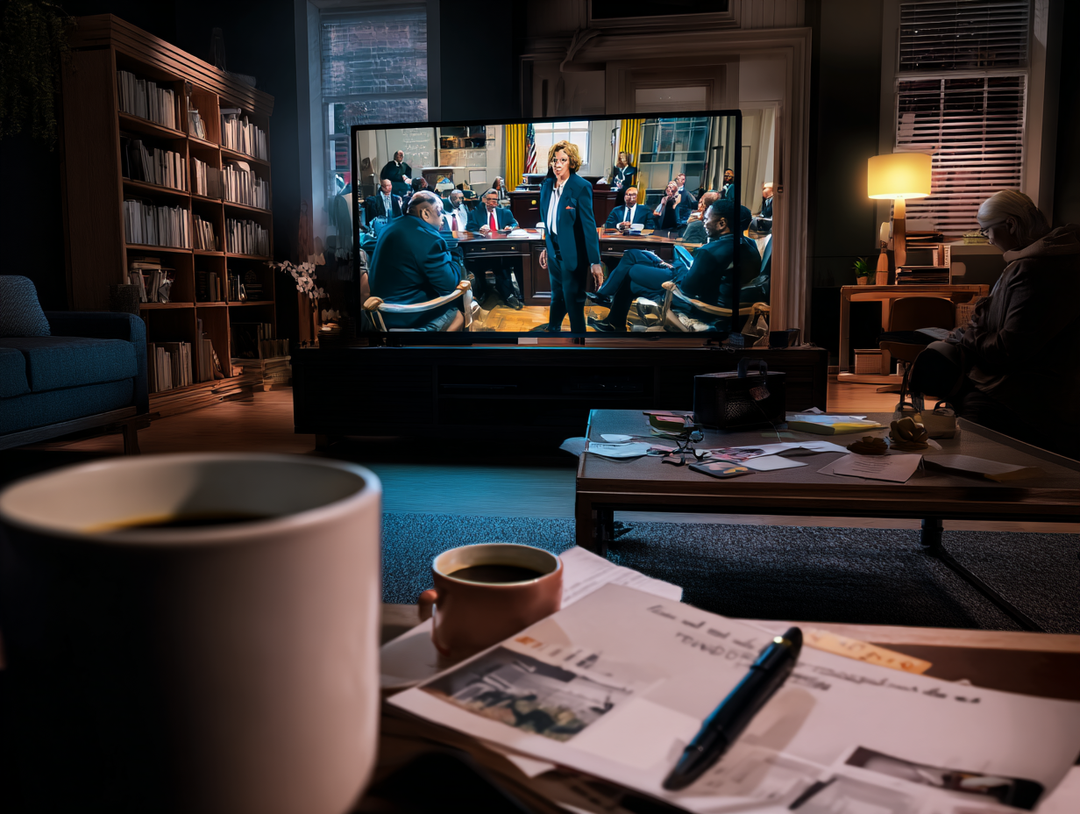Two individuals disappear. Two locations: one remote farm, one mountainside trail. No witnesses. No explanation. Both cases highlight a common thread in cold case mysteries—disrupted timelines, misleading clues, missing evidence.
For adults interested in solving puzzles, these kinds of vanishings aren’t about tragedy. They are intellectual puzzles buried in uncertainty. Clues vanish as quickly as the people. These cases echo classic logic problems: locked-room mysteries, unreliable timelines, contradictions in witness statements, geographic confusion.
If you’ve ever found yourself drawn into the mechanics of crime fiction, or hosted a murder mystery party where guests compete to trace a criminal’s steps, you’re already tuned in to what makes these unsolved narratives so compelling. Try using different murder mystery themes to echo this level of depth and variation in your storylines.
Misdirection and Timeline Gaps
Many fictional cold case files revolve around a distortion of the timeline. A suspect claims to have seen the victim at a certain time. A clue—presumed truthful—is accepted without scrutiny. In the case of the missing hikers and solo travelers, the moment of disappearance rests entirely on one account. This introduces uncertainty.
When you host your own cold case investigation night, use timeline building as your opening puzzle. Give players a scene report, phone records, and time-stamped locations. Ask:
- What is confirmed vs. what is assumed?
- Who had opportunity, and when?
- Did any clue rely entirely on one perspective?
To structure this experience, use a Cold Case File Game for Adults that includes written reports, red herrings, and evolving theories. Print material helps players sketch their own theories before sharing.
Missing Without Evidence: A Psychological Trigger
Why are disappearances harder to ignore than solved murders? For many, it’s the lack of resolution that clings to the mind. In a fictional setting, this becomes a powerful anchor to build a social challenge around. Your guests rely on theory, not revelation. Period-themed mysteries are particularly effective here, creating a mood layered with uncertainty and charm.
This mirrors the narrative rhythm of Golden Age detective fiction. Authors like Agatha Christie and Josephine Tey explored “what didn’t happen” as much as “what did.” A glass not broken. A trail without footprints.
Encourage this style of inference in your mystery game night. Choose a kit that emphasizes logic over luck. The Midnight Killers Cold Case File Game can be played solo or competitively, with clues focusing on motive contradictions, inconsistent alibis, and detail gaps.
How to Set Up Your Own ‘Vanishing’ Mystery Night
To reflect the feeling of a “vanished without a trace” scenario in your home game night, simplify the story and let players build competing explanations:
- Create a suspect list with no direct motive, then feed motives through indirect means—inheritance, old rivalries, or mistaken identity
- Place the key clue in an unreliable format—e.g., someone’s verbal account, a time-stamped voicemail, a note that might be forged
- Introduce a map or object that implies escape or confrontation. Let guests debate what it represents
- Allow multiple endings. Host a vote on which theory most aligns with known information
This format transforms your game into a flexible, evolving night of deductions and deduction errors. To make setup easier, use a Downloadable Murder Mystery Game Kit and customize the storyline to reflect an open-ended narrative.
Real Puzzles, Responsible Fun
Fictionalizing unresolved stories lets us examine how we think about evidence. Unlike true cold cases, your game gives players closure—since even multiple theories lead to a sense of resolved structure. This is crucial for learning logic, while keeping the experience fun and ethical.
In a non-fictional case, no ending arrives. Records and assumptions are all you have.
But in your home, you can break the silence with questions:
- If someone vanished intentionally, who would notice first?
- Could you map the last known movements using only secondary accounts?
- If the terrain is remote, what clues deceive even the most experienced searchers?
Design your murder mystery night not for horror, but for hypothesis. Leave your guests debating not “who was evil,” but “what was likely.” The tension becomes strategic instead of tragic.
Cold Logic, Warm Company
Adults aged 28–55 often look for new ways to gather that don’t revolve around small talk or loud entertainment. A well-designed mystery game gives your evening rhythm and structure, while encouraging critical thinking and collaboration.
Think of your group:
- Do they enjoy headline podcasts but want a less grim experience?
- Do they like board games but want deeper conversations?
- Do they enjoy social deduction but also want to win by logic, not guesswork?
If yes, your setting is ripe for a cold case challenge tailored to adult skills: memory, coordination, debate, and planning. Add some printed case files, a whiteboard timeline, and light refreshments. The rest is observation and inference.
Explore options like the Cold Case File Game for Adults collection for more cases inspired by logical loopholes, timeline twists, and character motive development. These aren’t horror stories. They are intelligent scenarios designed for nights that sharpen your thinking and give your guests a story to tell later. You can even choose from a range of Halloween mystery games if you prefer a seasonal twist to the suspense.







